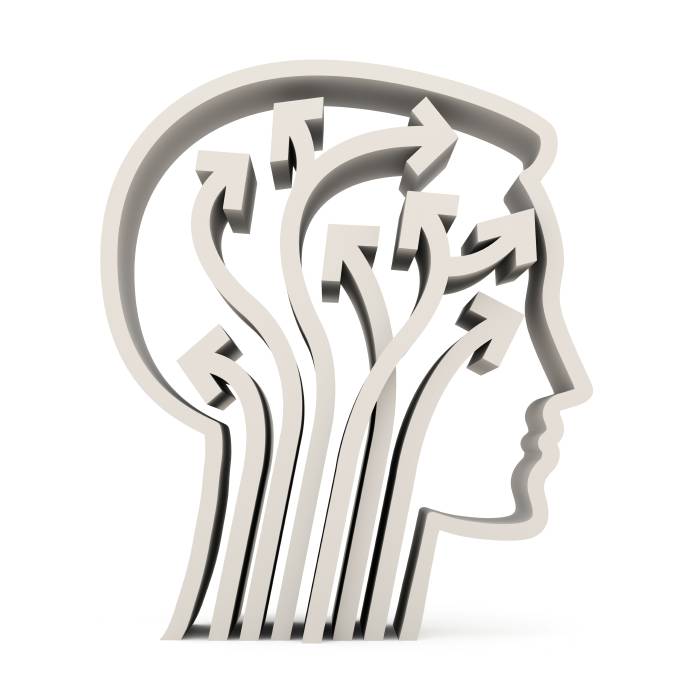06 Sep Breathing meditation helps military vets with PTSD – Stanford study
reposted from meditation-helps-ptsd-090514
Stanford scholar helps veterans recover from war trauma
Newly published research by Stanford scholar Emma Seppala shows how meditation and breathing exercises can help military veterans recover from post-traumatic stress disorder.
For several years, Emma Seppala, associate director of Stanford's Center for Compassion and Altruism Research and Education and lead author of the article, has been studying the effects of breathing-based meditation practices on veterans suffering from PTSD.
“This is the first randomized controlled study on a form of meditation or yoga for veterans with PTSD that has shown such long-term, lasting effects,” she said in an interview.
PTSD, which affects about one in five veterans, is typically triggered by the experience of a terrifying or life-threatening event. Symptoms may include flashbacks, nightmares, severe anxiety and uncontrollable thoughts and emotions. Returning vets suffering from PTSD have extremely high suicide rates, Seppala said.
Traditional treatments such as medication and therapy are not always effective, which causes many veterans to drop out of those programs, she said. Many veterans also feel a stigma associated with seeking traditional mental health services.
“For these reasons, there has been an increasing interest in complementary and alternative interventions both by Veterans Affairs and veterans themselves. However, without research, it is difficult to determine which interventions are effective,” she said.
To that end, Seppala and her colleagues examined 21 American veterans from the wars in Iraq and Afghanistan as they participated in a breathing-based meditation practice known as Sudarshan Kriya yoga. Other studies have shown that Sudarshan Kriya –which incorporates breathing exercises with periods of discussion and stretching – to be effective in treating anxiety, addiction and depression.
The 21 participants met for three-hour sessions over seven days. Researchers measured eye-blink responses to loud noises, respiration rates and self-reported descriptions of participants' PTSD symptoms. Assessments were taken at four intervals – before, during, one month later and one year after the treatment. The instructors were from Project Welcome Home Troops, an organization committed to improving the quality of life for returning veterans and their families.
Overall, the results were fruitful. “It resulted in reduced PTSD symptoms, anxiety and respiration rate,” wrote Seppala and her co-authors in the article. “Sudarshan Kriya yoga showed the strongest effect on hyperarousal and the re-occurrence of traumatic memories and nightmares.”
The journal article confirms the initial findings from the same project reported in a 2013 Stanford news story, Seppala said. Since then, the researchers have been able to document the physiological changes – such as respiration rates – that matched the improvements reported by the veterans.
“Veterans with PTSD,” she noted, “are easily startled and are hypervigilant. We found that the reduction in self-reported hypervigilance – one of the main PTSD symptoms – was associated with reduced physiological startle responses. In other words, objective physiological data [recorded through eye-blink responses] corroborated the veterans' self-reported experience of relief.”
Hypervigilance is an exaggerated state of behavior where people constantly seek to detect threats.
For Seppala, the most surprising finding was the enduring effects of meditation.
“It is unusual to find the benefits of a very short intervention – one-week, 21 hours total – lasting one year later,” she said. One year after the study, the participants' PTSD scores still remained low, suggesting that there had been long-lasting improvement.
When the scientists asked the veterans whether they had continued practicing at home, a few had but most had not. The data showed that whether or not they had practiced at home, it did not hinder meditation's long-term benefits.
One reason, Seppala suggested, is that Sudarshan Kriya yoga retrained the veterans' memories.
Before the breathing meditation training, participants reported re-experiencing traumatic memories frequently and intensely, Seppala said. Afterward, they reported that the traumatic memories no longer affected them as strongly or frequently.
While most veteran studies see large dropout rates, most of the veterans in Seppala's study stuck to the program.
Seppala said she became passionate about the issue of helping veterans overcome PTSD as a psychology graduate student on campus. She continued this research as a postdoctoral fellow at the University of Wisconsin, Madison, and eventually became certified to teach the program herself. A 2012 documentary film, Free the Mind, featured Seppala's research.
“This study was the most moving research experience of my career. The veterans in the study told me things like, ‘Thank you for giving me my life back.' I then started receiving a lot of inquiries from veterans and VA psychologists who had heard about the research.”
As for the next step, Seppala and her colleagues are using brain imaging (fMRI) to examine the effects of meditation for veterans dealing with PTSD.


